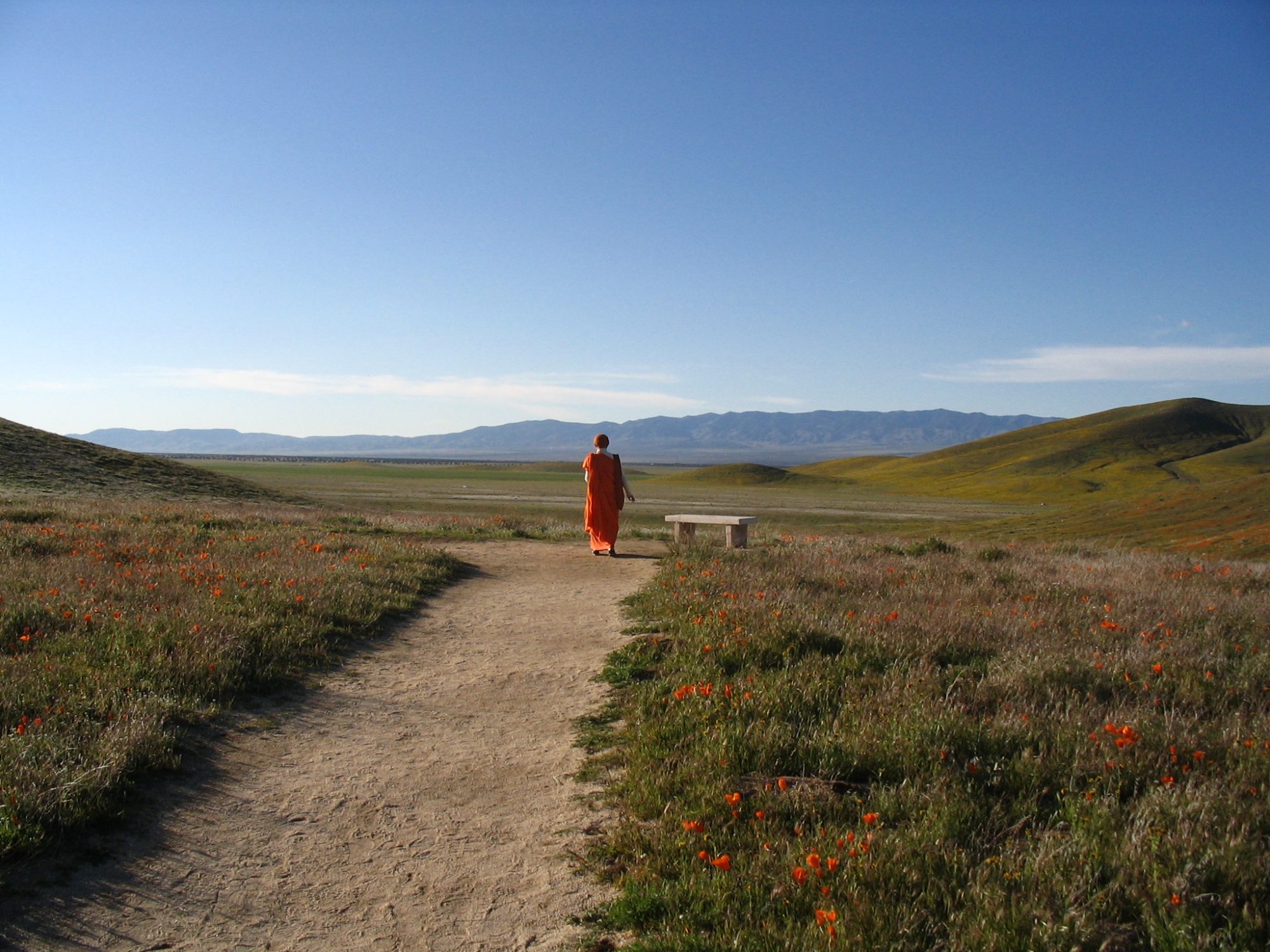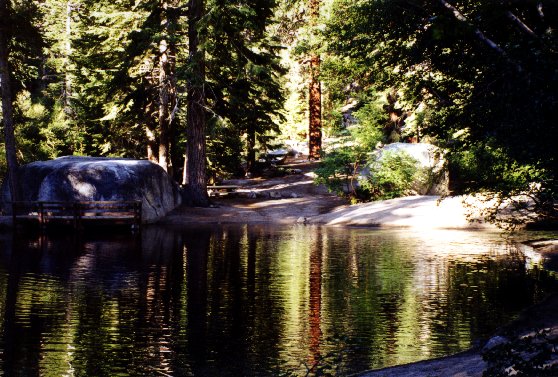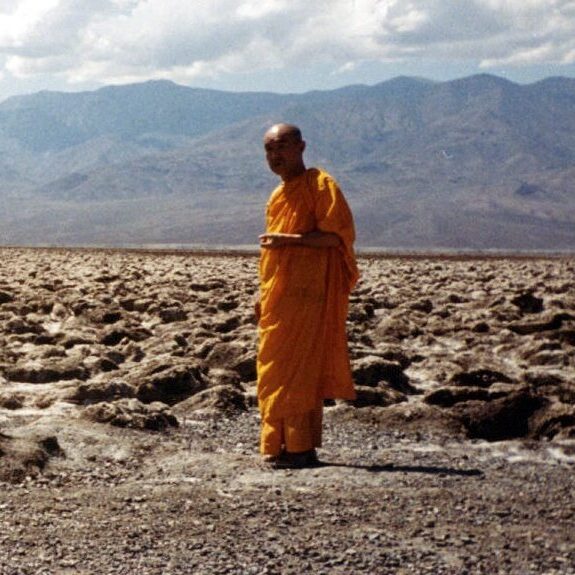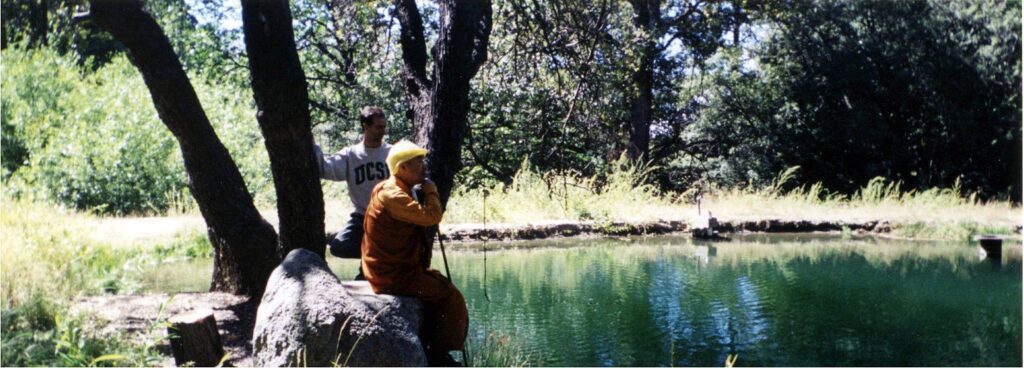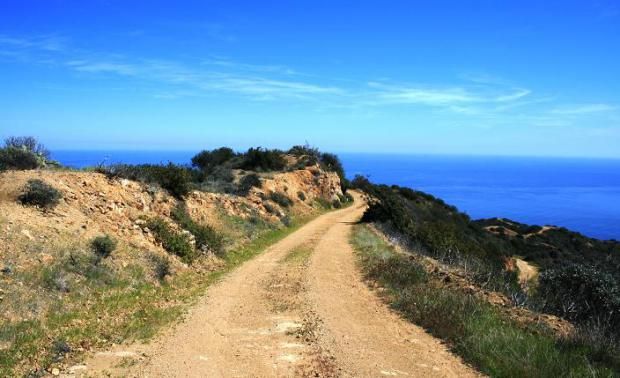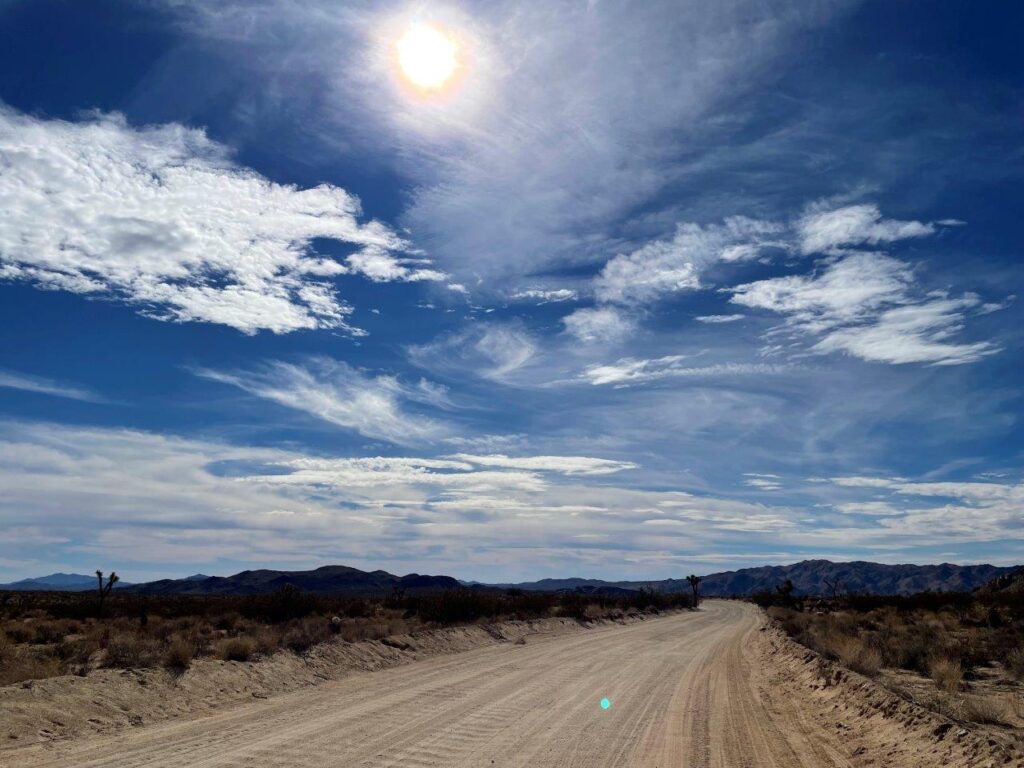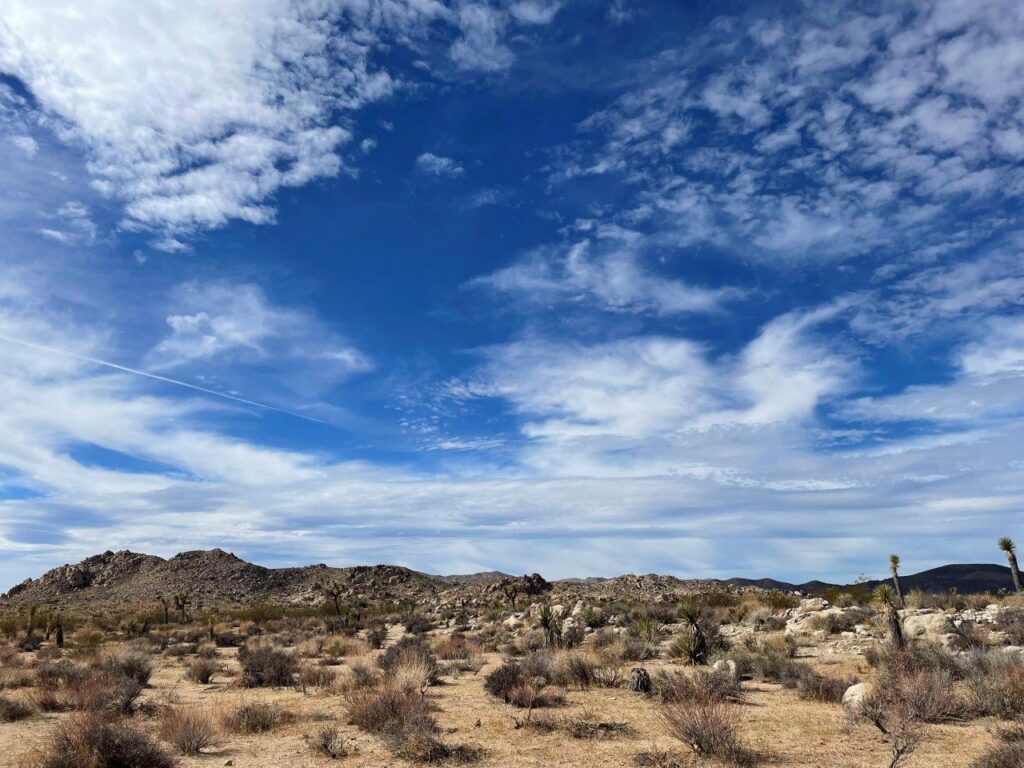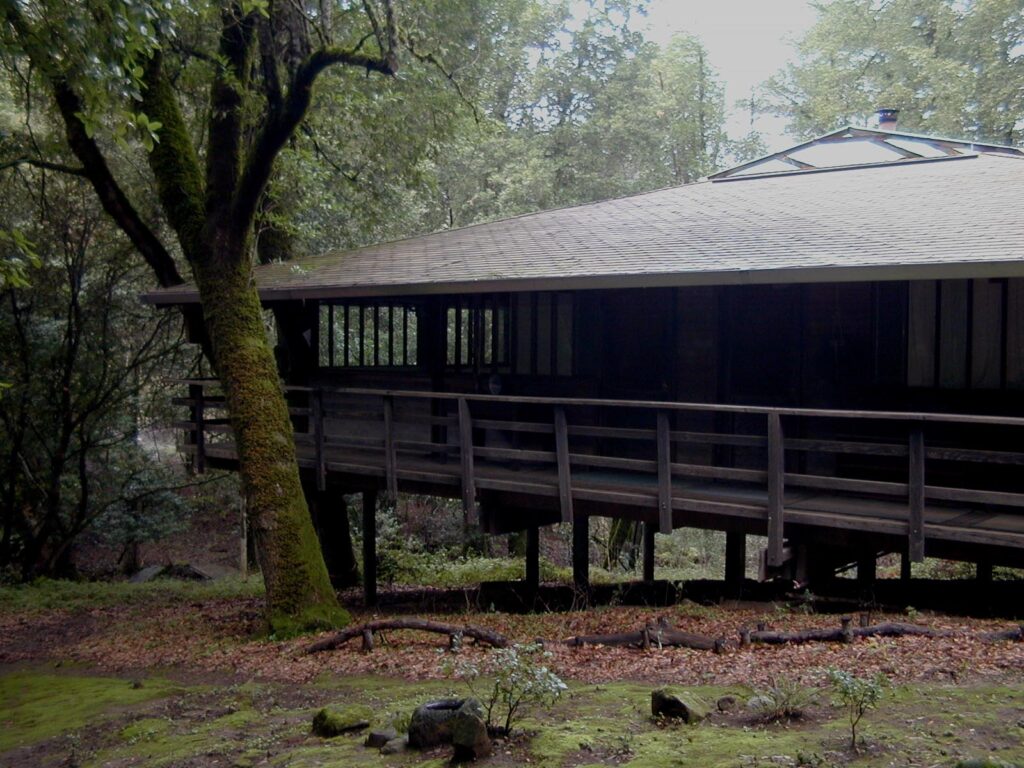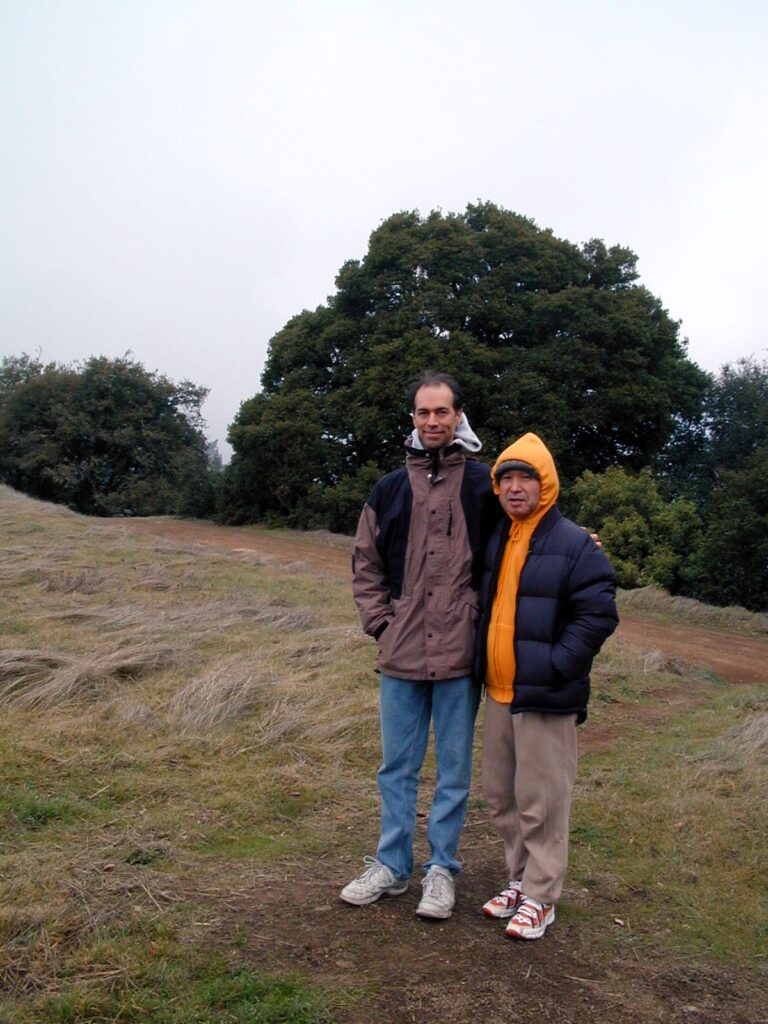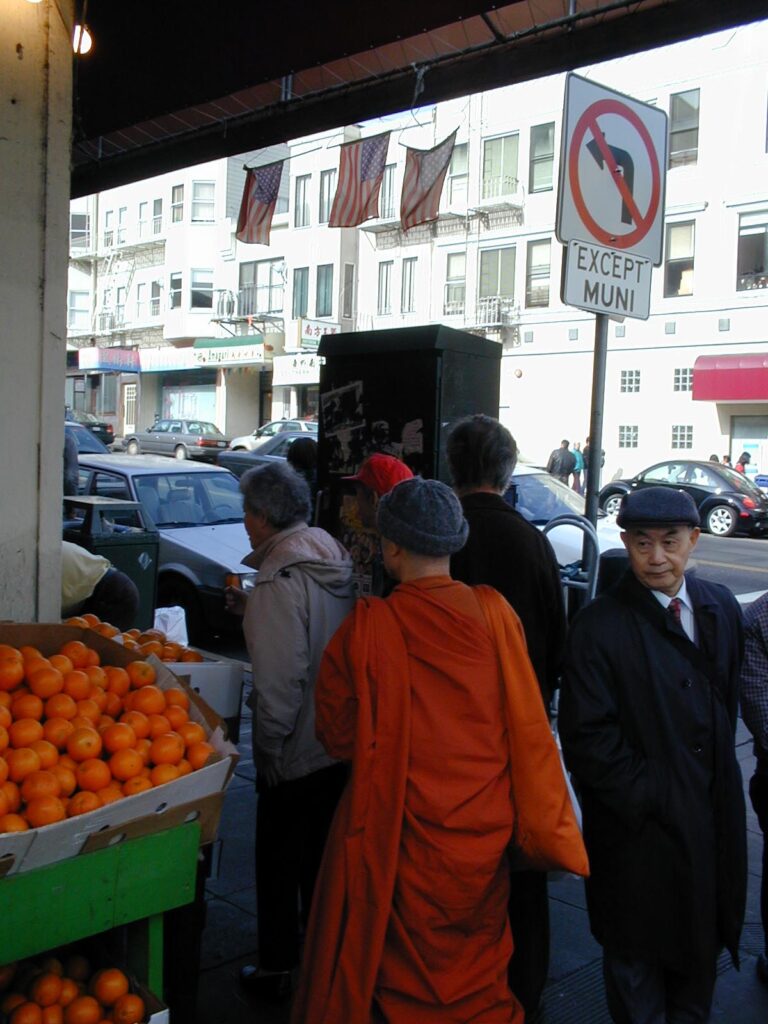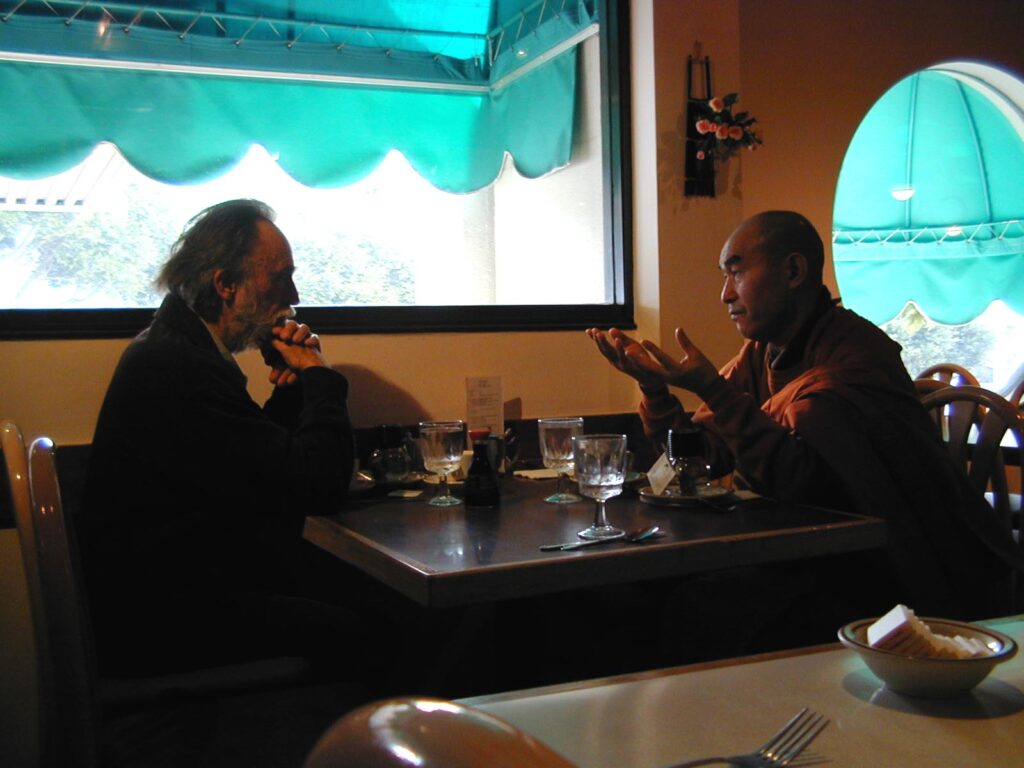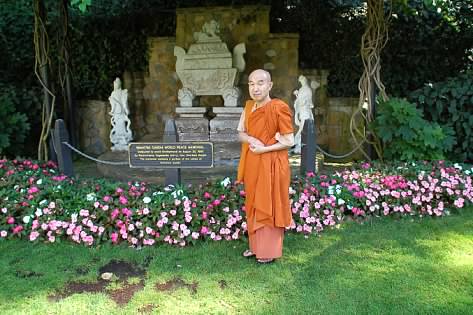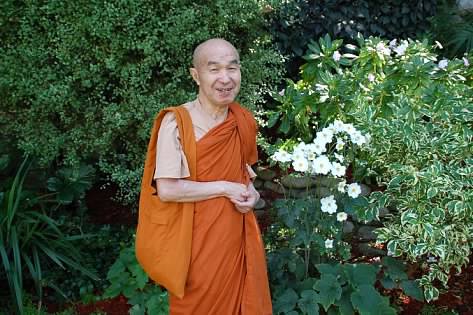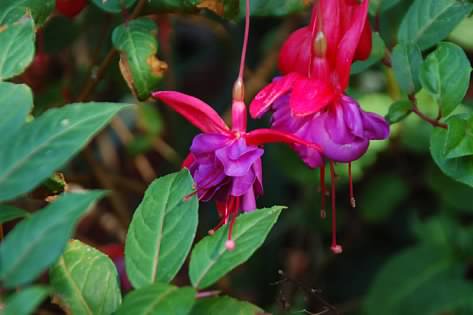Today (December 27th) is the Cold or Elder Full Moon, and the 13th Full moon of 2023. Usually there are only 12 (as there will be in 2024) but we had a Blue Moon this year. It’s a good time for introspection before we begin the new year.
With this final regular blog entry, I’d like to share the memory of my visit with Sensei in Japan in the Summer of 1994. Please feel free to post your own Sensei stories and photos here. I’ll be focusing on self-publishing his writing next.
Sensei went home to Japan as he did now and had invited me to join him. I agreed and was able to scrape up the expense by flying as an air-courier. I arrived by train at his small hometown outside the city of Sakata in the state of Yamagata directly north of Tokyo on the Western coast, called Sagoshi.
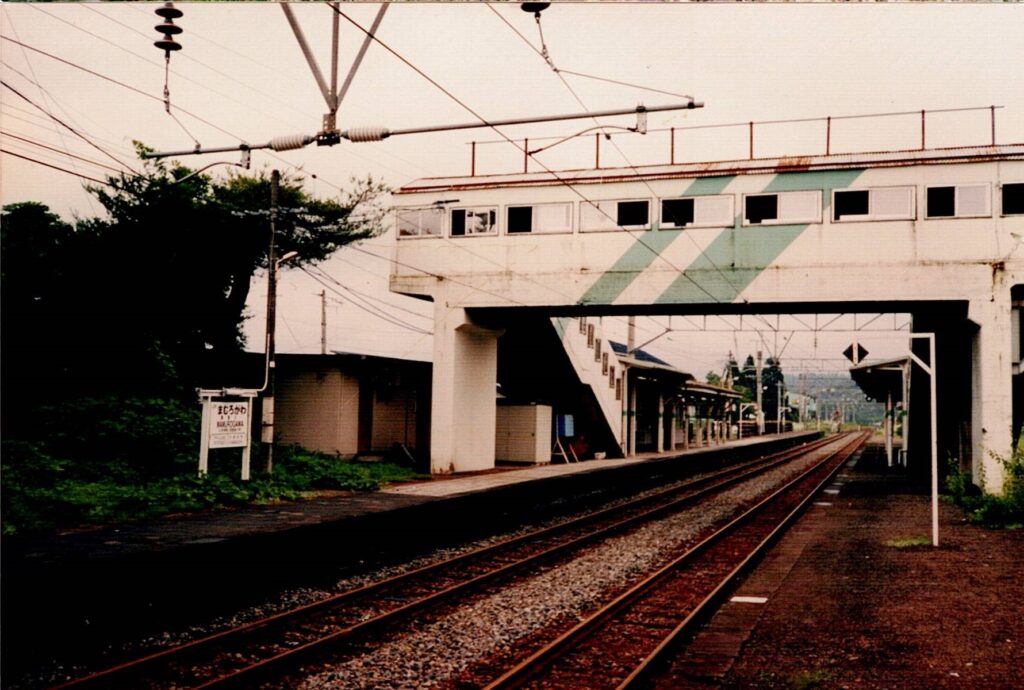

The area grows a lot of rice and was flat and green at the time, perfect for riding a bike to the grocery store.

Sensei was never in a hurry, and we mindfully kept pace together as I walked beside him for the maybe 1hr trip each way.
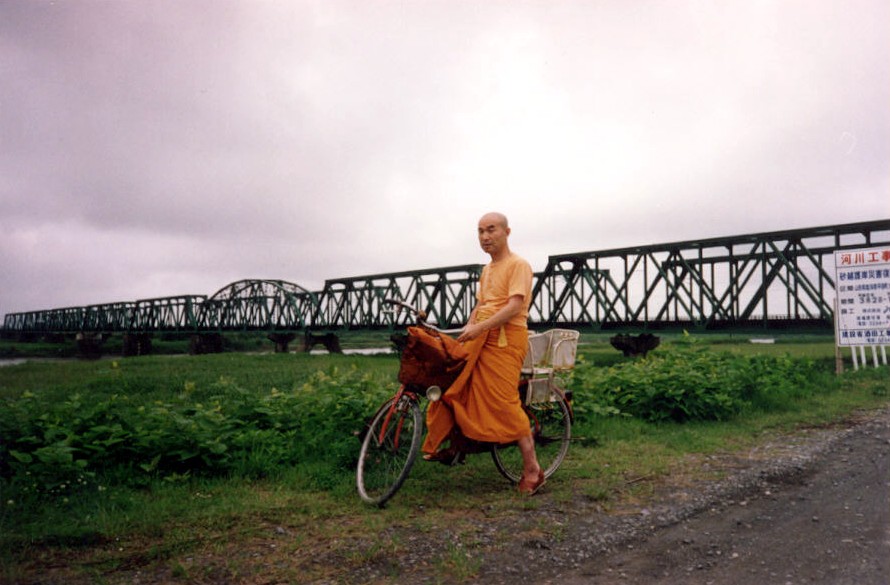
The sun came out on our return journey, and he casually pulled out a small towel from his bag and tied it over his head in a makeshift sunscreen.

We stayed in a house his family owned but did not use: “abandoned” as he said. It was a mostly traditional tatami mat and rice-paper screen house with some glass windows and a few appliances: a propane(?) gas cooking oven/stove and a bathtub with a similar fire underneath to heat the water directly before bathing. He had me do the cooking as was appropriate for a teacher’s student, and somehow I managed (not being a very good cook).
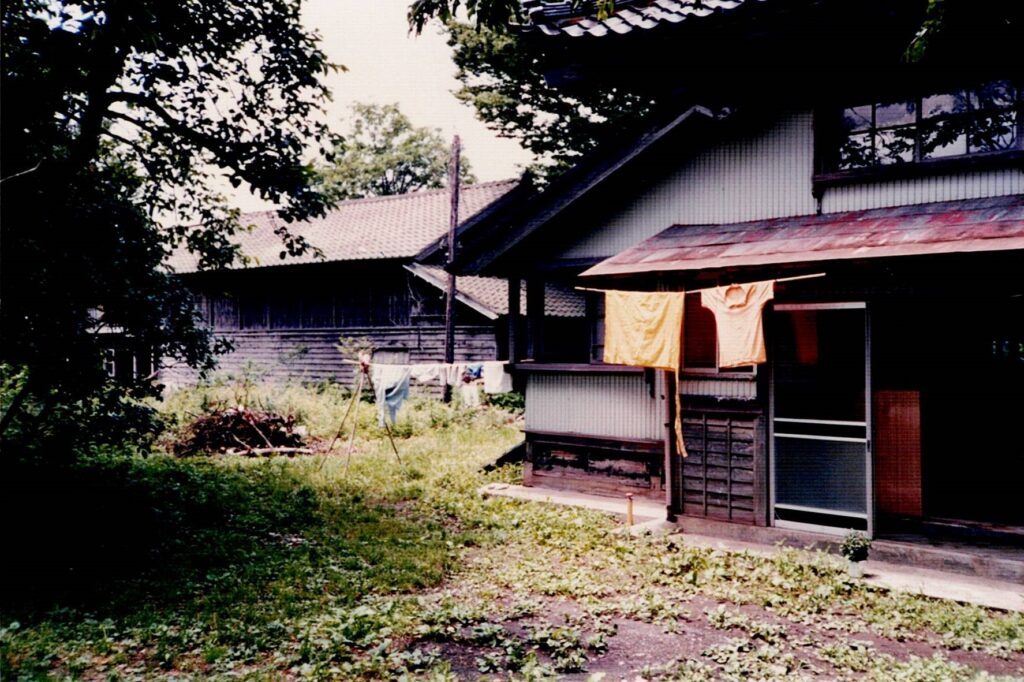
I was surprised to learn that while there was a washing machine for clothes, there was no drier, and that this was typical for Japan. A cultural preference it seems.

While we were there, his brother visited us for tea, and on another occasion we visited his brother’s home (the family home) across town, meeting his wife and son there.

Mostly we meditated. Here you see mosquito repellent incense. I had asked if I could take his picture meditating and he simply said, “yes. but don’t tell me; just take the picture.” Months later when I prepared the 2nd edition of WAKEFUL for publication we selected this photo and he captioned it as “(…in the Second Jhana…)”. Over meals and such, he helped me go through the Heart Sutra, translating each word and meaning. Months later I wrote a “Physics parallel” for fun called the Heart Symmetry. Here’s a PDF of both.
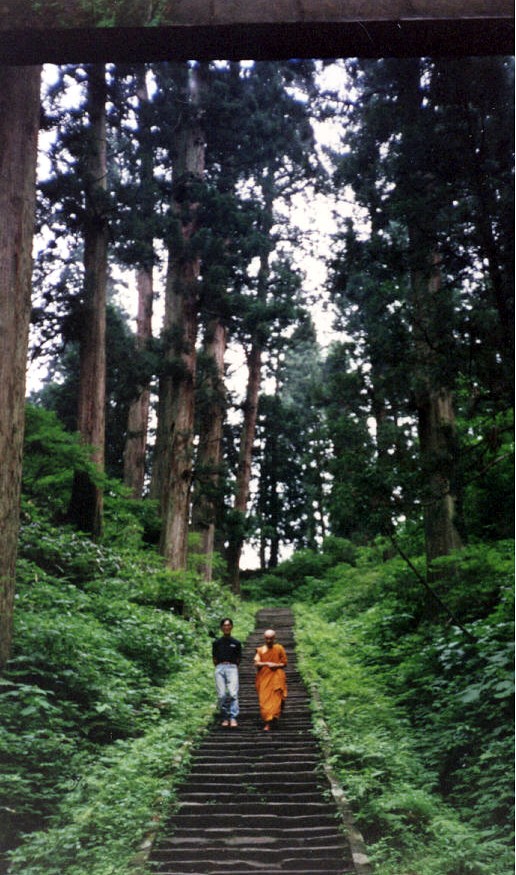
One day, his nephew, Ko-san drove us to a nearby mountain temple called Haguro-san, nestled at the top of a long stone staircase through a cedar forest. No one else was there it seemed.
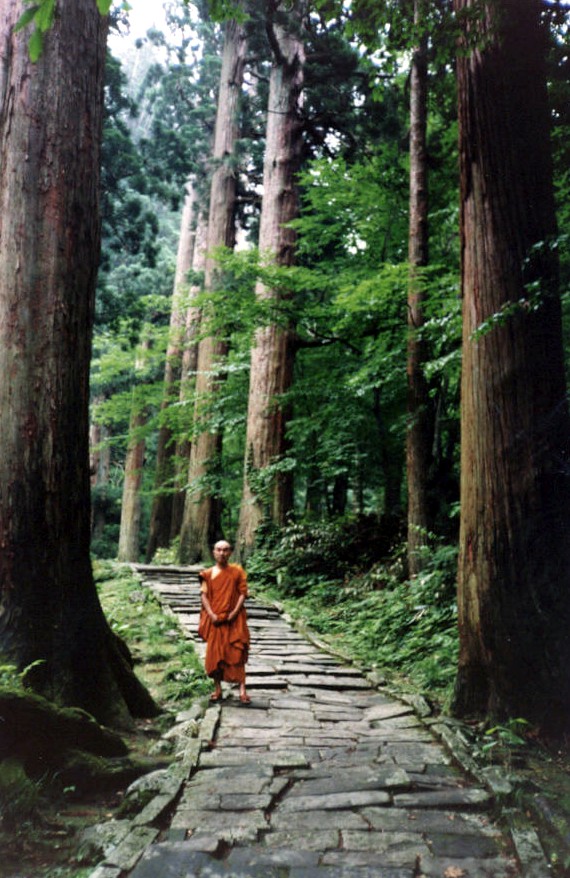
The call of Cookoo birds echoed through the forest, and soon a fog enshrouded our walk.
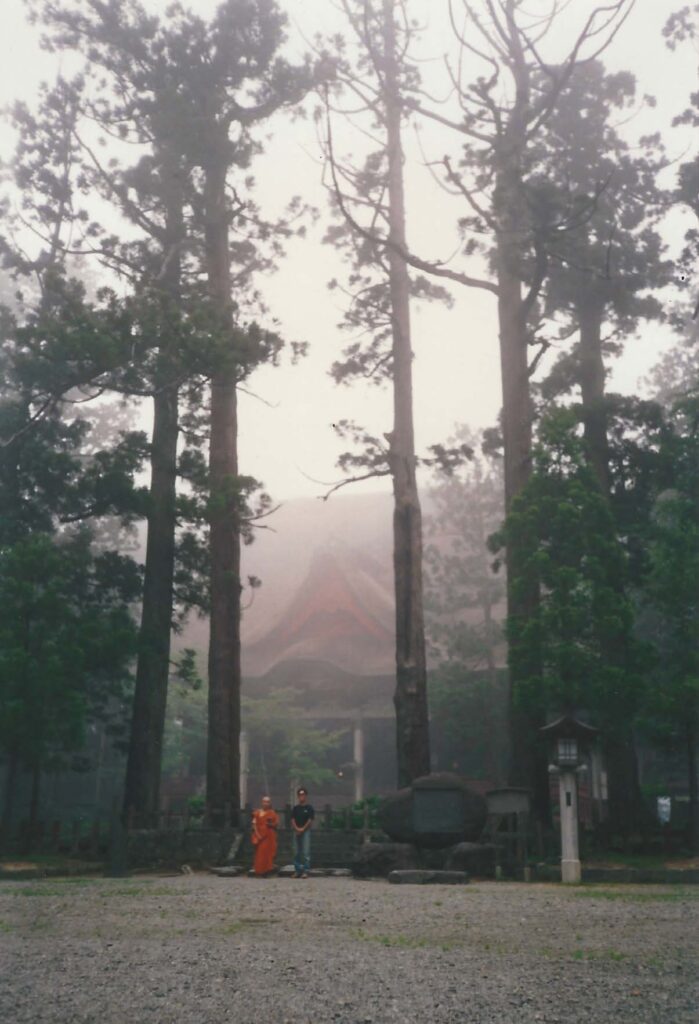
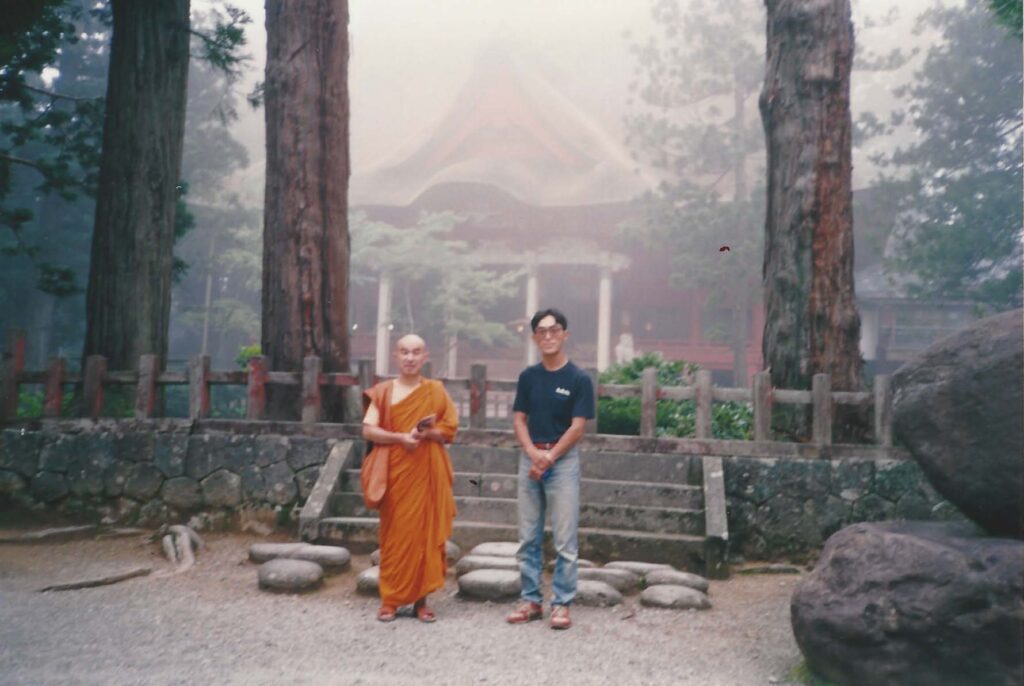
We arrived at the top where Buddhist and Shinto buildings drew a few tourists under the towering trees. Here you see Ko-san and Sensei (above two photos) and me and Sensei (below two photos).

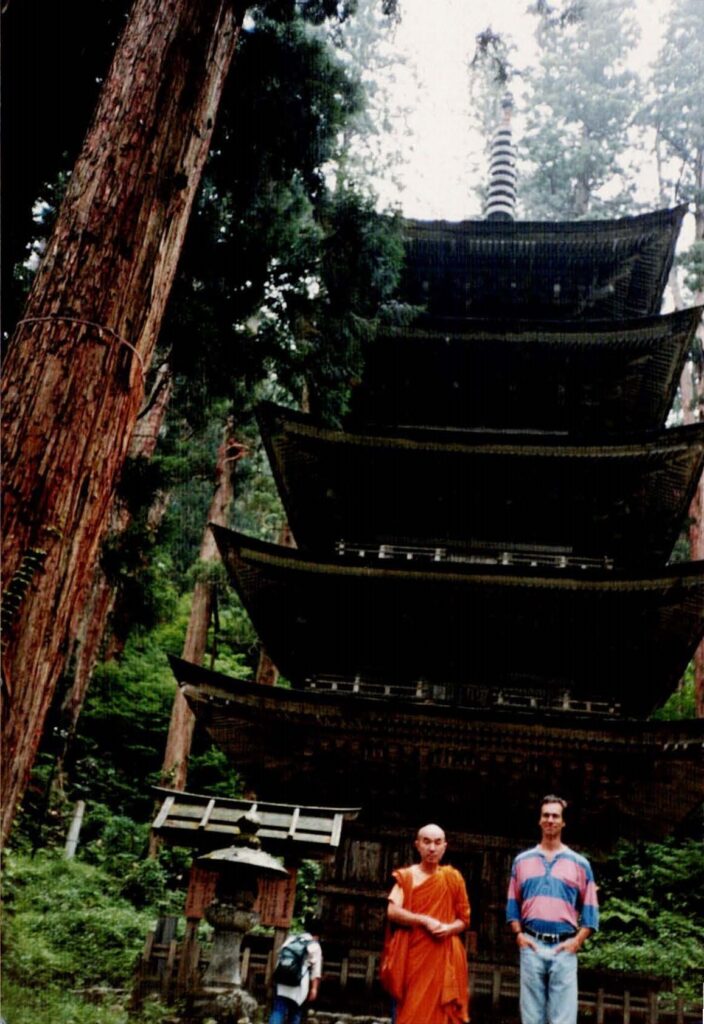
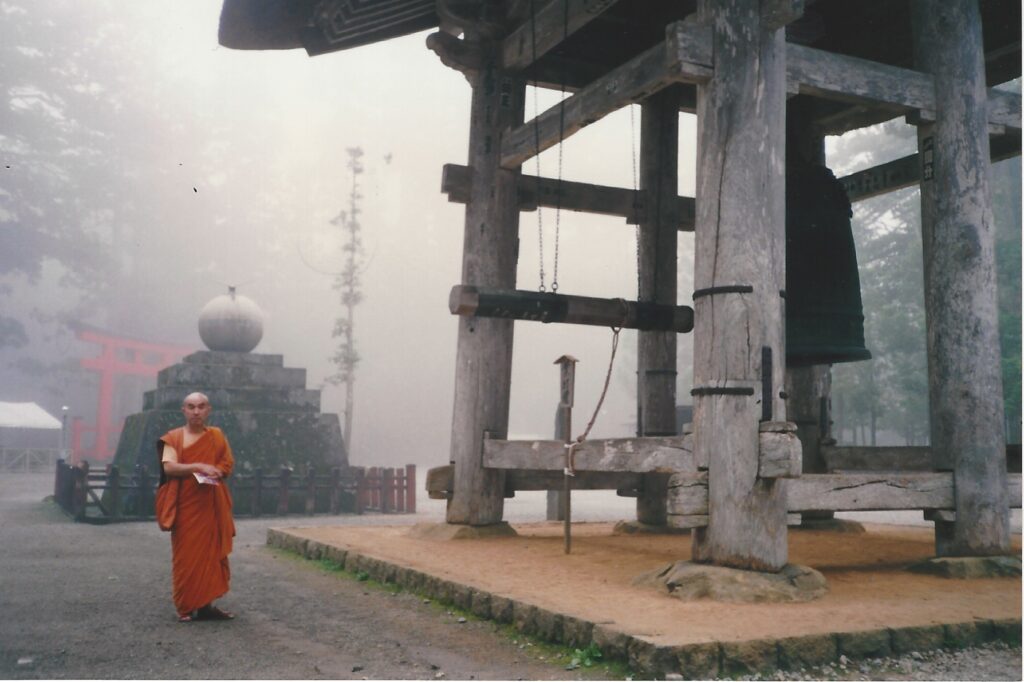
Sensei led us back down the mountain, with me amazed at how the Cookoo bird call is so classically “coo coo”.
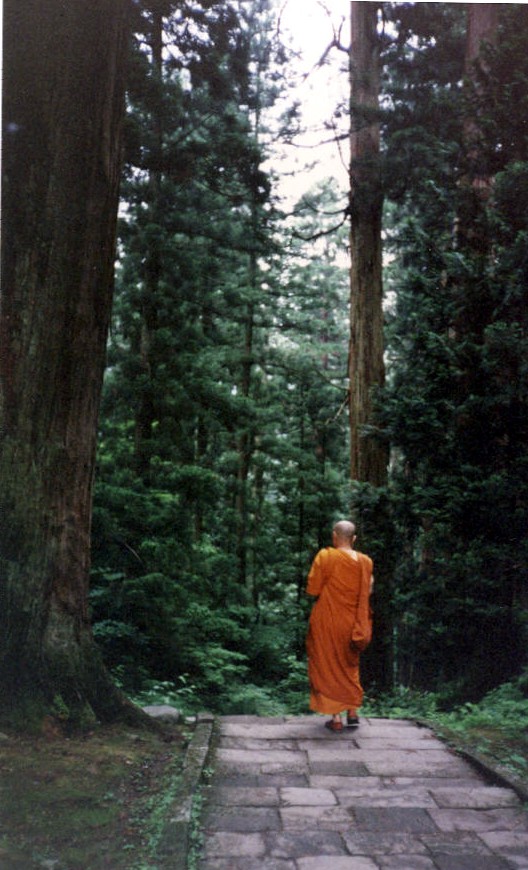
His sister offered us a night at her hot springs resort in another nearby city as my last night there. Our room had an ocean view and traditional accommodations.


Finally, Sensei saw me off at the train station, waving as is polite, but not lingering as would be sentimental.

While my time meditating with Sensei and discovering jhana over the 2 years previous had set my relationship with him as my teacher, my time visiting him in Japan that Summer was the start of our close friendship for the next 28 years.
I’m so grateful and wish everyone to be as lucky as I. And I hope he comes this way again after his time meditating in the bardo.
